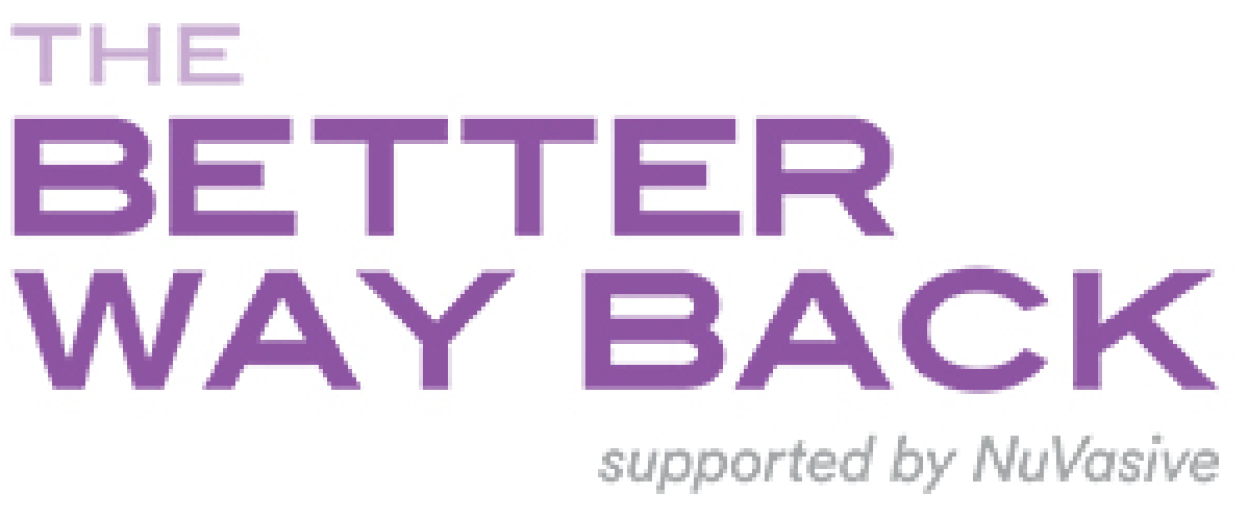This is the second in a series of guest posts by Jim Spell, The Better Way Back® Patient Ambassador. Check out part 1.
My name is Jim Spell. I recently had a full lumbar fusion. I am now the proud owner of 18 screws and two rods totaling over two feet. My doctor compares it, with fondness and pride, to the Golden Gate Bridge. While I probably wouldn’t have found this metaphor as funny four months ago, my sense of humor is returning, along with my overall health.
The surgery
I woke up in a familiar fog, having gone through surgery twice before. I remembered nothing of the surgery thankfully, but was beginning to experience the here and now of it. It wasn’t so much the pain, as I am sure the medications on board were massive, but it was the innate understanding of my body that nothing was going to move any time soon. Although consciousness was segmented, I began to piece together from small attempts at movement that not much was going to happen from a physical point of view in the near future. Even with pain management, I felt like I had been in a car wreck and half the car was left inside me.
The next four days in the hospital were difficult to say the least. As much as I had prepared myself, the violation to my person was so extreme, it was difficult to see anything positive coming out of this newfound situation. Getting out of bed had to be rehearsed and a poor audition meant pain. Sitting up, even at the slightest angle, was a victory to be celebrated with Jell-O. The bathroom was a sad place—it served as a periodic reminder that maybe I had made a major miscalculation in tending to my physical being.
The nursing staff would turn out to be the focus and strength I would need to survive and progress during this small window of time that seemed like forever. Changing sheets after night sweats, picking up beepers, filling water jugs, and emptying urine bottles—all with an encouraging smile and a kind word—worked surprisingly well to keep me connected to the present and not succumb to the pity party I was trying to organize from distant memories of better days.
Hospital exercise was limited to a few minutes twice a day with a walker. It seems that the small entry into my side for whatever reason was more painful and debilitating than the central opening down the entire length of my back. This side stitch pain would prove to be persistent throughout initial recovery.
Getting home was no drive in the country, although that’s where we live. We had set up the house from previous surgical experience, so my bed and bathroom were all on the ground floor. Ironically, all of the basics needed were handled in bed for the first week, as movement was not the preferred way to spend time. Actually, lying in bed was no better.
Check back next week for “Jim Spell’s story part 3: the pain.”
13-NUVA-1264
